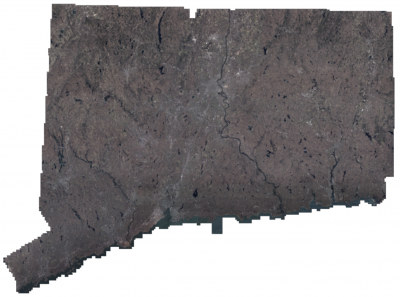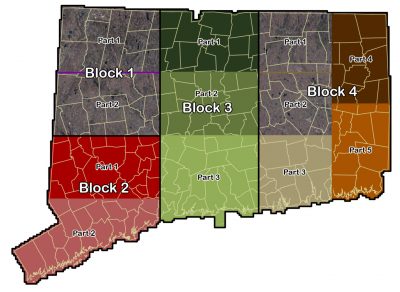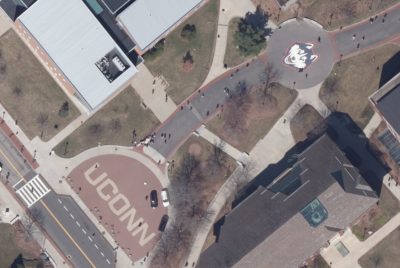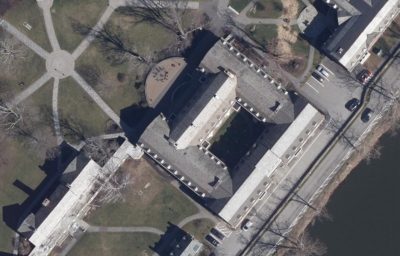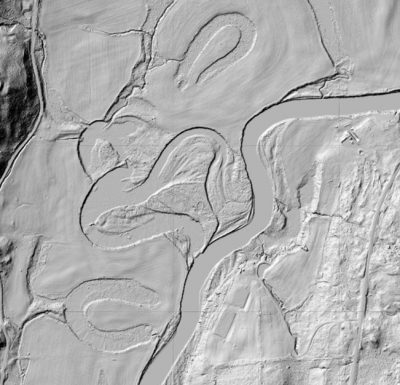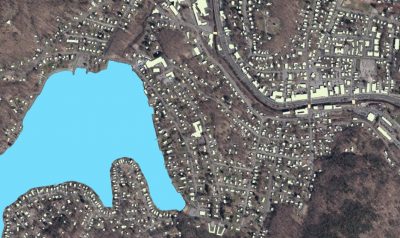Update by Carl Zimmerman, PhD, CT GIS Office
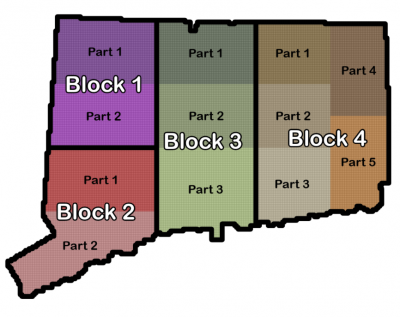
This is an update from the CT GIS Office on the production, review, and publication of the imagery and GIS data collected during the spring 2023 flight. The production is divided into four geographic blocks: Block 1 (northwest), Block 2 (southwest), Block 3 (central), and Block 4 (eastern).
The four steps in the data production process are:
- data is collected and processed by the Vendor;
- it is reviewed by the GIS Office;
- errors and issues are sent back to the Vendor who assesses and corrects them, and then
- the final product is delivered to the GIS Office for publication and access by CT ECO and/or the GIS Office.
Quality Assessment/Quality Control (QA/QC) Process
There are multiple levels in the QA/QC process. First is an initial data assessment and quality review by the Vendor (part of step 1, above) which includes numerous validation steps and a review by their subcontractor. Once received, a second QA/QC review is performed by the GIS Office and participating stakeholders (part of step 2, above) where the team assesses different areas of the different datasets in order to identify any issues or errors within the massive data sets. Currently, we are in the most intense part of the QA/QC process and are evaluating some issues that have been identified by the Vendor and our own review. We are working to determine and negotiate a mutually acceptable set of solutions which impacts the speed of delivery to our users.
Status of the Imagery and GIS data sets
True Color Ortho Imagery (RGB)
The initial delivery of Blocks 1, 2, and 4 to the GISO has occurred.
- Block 1 errors have been corrected by the Vendor (step 3, above) and should be arriving at the GISO soon (step 4)!
- Block 2 issues are being reviewed by the GISO now (step 2) and will be sent back to the Vendor for correction this week or next.
- Block 3 is coming the next two weeks (step 1).
- Block 4 issues are being reviewed (step 2) and will be sent back to the Vendor next week (step 3).
We expect the full and final imagery dataset to be available in July. In the meantime, CT ECO will host imagery blocks as soon as they are delivered, although they should be considered “beta” versions.
Near Infrared Imagery (NIR)
The near-infrared band is collected with the true color imagery and is usually treated as one. Unfortunately, a technical issue has been identified near the shoreline for Block 2 where the near-infrared data is “bleeding” into the other areas and is impacting the usability of the data. The delivery (step 1) for the coastal parts of Blocks 2, 3 and 4 is on hold until this issue has been solved and the imagery has been resubmitted by the Vendor to the GISO. Updates to come.
Lidar-Derived DEM and Contours
The digital elevation model (DEM) is a 2 foot pixel representation of the bare earth elevation. The DEM creation is progressing well and is expected to be finished in the late summer. The 1-foot contours data set is derived from the DEM and will be delivered after the DEM in early fall.
2D and 3D Building Footprints
The new 2D building footprint layer will include about 1.9 million buildings across Connecticut. The initial review of Blocks 1 and 2 is mostly finished but some quality issues were identified, and iterative improvements are being performed. Blocks 3 and 4 will not be delivered until the quality issue is resolved. This data set will be available end of summer or early fall. The 3D Building Footprints will be completed last to ensure that all iterative corrections are accounted for. Expect the 3D Building Footprints in the fall.
Classified Lidar Points
The classified lidar is meeting specifications for capture density, overlap, and classification quality. This data set will be delivered in the fall after the other data sets are completed and produced.
Lakes, Streams, and Shoreline Polygons and Polylines
These data sets are used for creation of other datasets, particularly the elevation. They will be delivered in the summer.
![]() CT ECO ctraster REST server |
CT ECO ctraster REST server | ![]() CT Geodata Portal | Classified Point Cloud Metadata | xml
CT Geodata Portal | Classified Point Cloud Metadata | xml![]() CT Geodata Portal |
CT Geodata Portal | ![]() CT ECO ctraster REST server | Metadata | Data Report
CT ECO ctraster REST server | Metadata | Data Report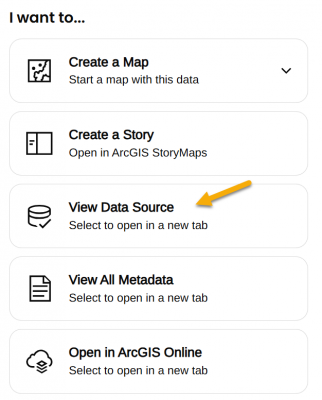 On the lower right side of the page, under the I want to... heading, find View Data Source.
On the lower right side of the page, under the I want to... heading, find View Data Source.